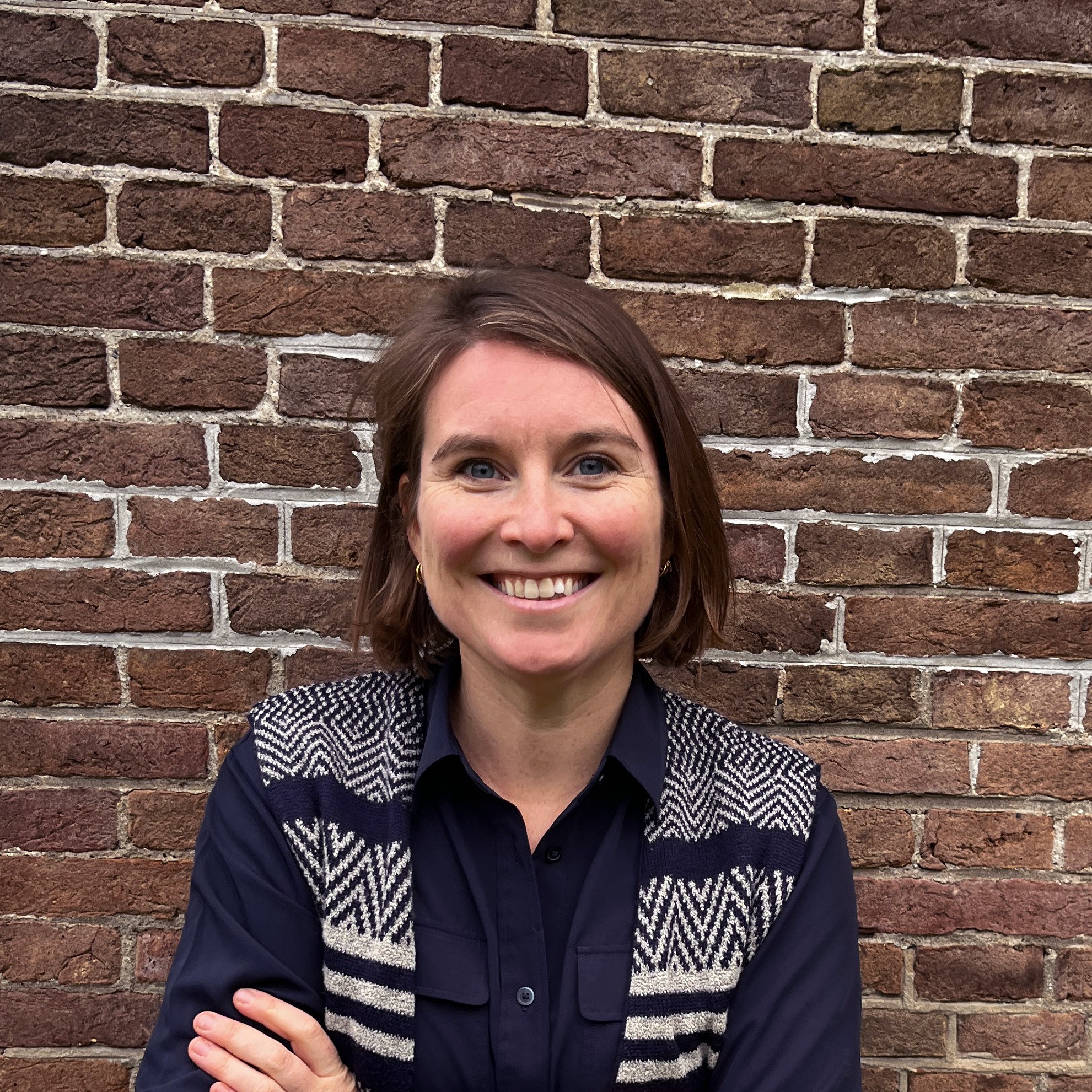About This Project
Bioreactors are used to produce everything from vaccines to lab-grown meat. However, traditional bioreactors are expensive, costing between $8,000 to $250,000, current bioreactor capacity is almost full and projected demand is high.
Our novel approach looks to improve upon a smaller 3D-printed bioreactor to create a 100-liter bioreactor that costs $2,500. Our specific focus is to develop a unit to produce bacterial cellulose initially with the vision to expand to other organisms.
Ask the Scientists
Join The DiscussionWhat is the context of this research?
Bacterial Cellulose (BC), with its high crystallinity, purity, and unique nanofiber-weaved three-dimensional network structure, is a key player in biomaterials. BC is a valuable resource from food to pharmaceuticals, and even in the production of biocompatible medical devices. However, the production of BC at a scale that matches its potential is a challenge. This is where bioreactors become indispensable. Bioreactors facilitate mass production by providing a controlled environment for faster, large-scale bacteria cultivation. Thus, by improving and scaling bioreactor technology, we can significantly enhance the production of this high-value biomaterial, thereby unlocking its full potential in various industries.
What is the significance of this project?
Bioreactors are used for a wide range of applications: medical applications, cultivation of bacteria, algae, in laboratories, or as food. Parametric 3-D printed components have a significant advantage over other commercial types as they can be easily modified to suit specific parts, such as different types of sensors, pumps, motors, or containers. All components are readily available and can be easily modified to meet specific requirements, making it easier to maintain.
We can democratize cultivation by offering a unit costing less than $5000. This can help enhance food security, reduce waste, and promote local scientific and economic development. Additionally, an optimized design can explore new applications of microbial biomass from biofuels to bioplastics.
What are the goals of the project?
Our ongoing experiment aims to achieve a few main goals. First, we will combine large-format 3D printing and a novel composite thermoplastic from Reflow to make the bioreactor.
Second, to evaluate the bioreactor system we will measure several key factors: growth rate of bacterial cellulose, total volume of bacterial cellulose produced within a set period, efficiency of the system in terms of energy and resources used, cost-effectiveness of the system compared to commercial units and ease and cost of maintenance and operation. We will also measure and document the build time, complexity, and challenges of using our large format printer.
Finally, the design and guidelines for this bioreactor, along with project outcomes and results, will be open-source and shared with the public.
Budget
Our project aims to design, build, and test a 100-liter 3D-printed bioreactor. The budget will cover materials and supplies, including containers, temperature sensors, pH sensors, dissolved oxygen sensors, optical sensors, microcontrollers, displays, electronic components, heating elements, LED lights, and their controls.
The main focus of our budget is to purchase the necessary equipment for the bioreactor, growth media, and other materials related to sensor technology. We have also allocated funds for custom 3D printing and machining services. Our costs include conducting in vivo experiments, data analysis, and sharing project results via website development, video editing, and publication services.
Endorsed by
 Project Timeline
Project Timeline
We have set a goal to create a 100-liter bioreactor that will undergo extensive testing and validation by May 2024. Our first step is to modify our microcontroller-based systems, which we have previously developed for other projects, to suit the bioreactor core design. We will also create a bill of materials and purchase components so that we can test multiple approaches and have backup options in case of disruptions.
Mar 05, 2024
Project Launched
Mar 08, 2024
CAD Design of 100 Printable Bioreactor
Mar 22, 2024
3D print of first 100 Liter Vessel
Mar 29, 2024
Coating the Vessel and preparing for leak testing
Apr 12, 2024
Commissioning sensors and control system
Meet the Team
Nathaniel Petre
Nathaniel Petre is a design engineer who works predominantly with 'agnostic manufacturing' to find practical solutions focused on the blue economy.
After 3D printing the world's first surfboard made from algae, Nathaniel began using ocean plastic waste as a resource for local, agile manufacturing.
Over the last four years, he's built the largest 3D printer in the Caribbean and then the largest 3D printer in the UK to make fully recycled, race-proven parts.
Nate's projects aim to equip both the community and researchers with the tools to develop a platform for using materials as varied as ocean plastic to bio-fabricated structures to sustain an economy and an ecosystem locally.
Nate has a non-academic engineering background and a college education from an art school in New York City.
Project Backers
- 10Backers
- 105%Funded
- $7,913Total Donations
- $791.30Average Donation



